Regions of Chile, a slender country stretching along the western edge of South America, boasts a diverse landscape that includes the Andes Mountains, Pacific coastline, deserts, and forests. Divided into 16 regions, each with its own unique features, Chile offers a captivating blend of natural wonders, cultural richness, and historical significance. In this comprehensive overview, we will explore the provinces, capitals, and distinctive highlights of each region, providing a comprehensive understanding of Chile’s geographical and cultural tapestry.
1. Región de Arica y Parinacota
Capital Arica
Highlights
– Morro de Arica A steep hill with historical significance, offering panoramic views of the city and coastline.
– Lauca National Park Known for its high-altitude lakes, including Chungará Lake, and diverse Andean wildlife.
2. Región de Tarapacá
Capital Iquique
Highlights
– Humberstone and Santa Laura Saltpeter Works UNESCO World Heritage sites, showcasing industrial heritage from the nitrate era.
– Beaches of Iquique Popular for water sports and a lively beach culture.
3. Región de Antofagasta
Capital Antofagasta
Highlights
– Valle de la Luna A lunar-like landscape in the Atacama Desert, known for its unique rock formations.
– La Portada A natural rock arch along the coast, providing a stunning coastal view.
4. Región de Atacama
Capital Copiapó
Highlights
– San Pedro de Atacama A charming town serving as a gateway to various natural attractions, including the Valle de la Luna and El Tatio Geysers.
– Huasco Valley Known for its vineyards and agriculture in the midst of the desert.
5. Región de Coquimbo
Capital La Serena
Highlights
– Elqui Valley Famous for its clear skies and the production of pisco, a traditional Chilean brandy.
– La Serena’s Historic Quarter Featuring colonial architecture and the picturesque Plaza de Armas.
6. Región de Valparaíso
Capital Valparaíso
Highlights
– Valparaíso A UNESCO World Heritage site known for its colorful hillside houses, street art, and vibrant cultural scene.
– Viña del Mar A coastal city with beautiful beaches, parks, and the annual Viña del Mar International Song Festival.
7. Región Metropolitana de Santiago
Capital Santiago
Highlights
– La Moneda Palace The seat of the Chilean president and a symbol of the country’s political history.
– Parque Metropolitano A large urban park offering green spaces, a zoo, and panoramic views of the city.
8. Región del Libertador General Bernardo O’Higgins
Capital Rancagua
Highlights
– Wine Country Known for its vineyards and wineries, producing some of Chile’s finest wines.
– Ranco Lake A large freshwater lake surrounded by picturesque landscapes.
9. Región del Maule
Capital Talca
Highlights
– Colbún Lake A reservoir offering opportunities for water activities and surrounded by lush vegetation.
– Talca’s Historic Center Featuring colonial architecture and the Plaza de Armas.
10. Región de Ñuble
Capital Chillán
Highlights
– Termas de Chillán Hot springs nestled in the Andes, providing relaxation and beautiful mountain views.
– Nevados de Chillán A volcanic complex with opportunities for skiing and hiking.
11. Región del Biobío
Capital Concepción
Highlights
– Concepción A vibrant city with a rich cultural scene, including theaters, museums, and parks.
– Bio Bío River A major river offering scenic views and outdoor recreational opportunities.
12. Región de La Araucanía
Capital Temuco
Highlights
– Villarrica Volcano An active volcano with a stunning lake at its base, offering outdoor activities like hiking and skiing.
– Conguillío National Park Known for its diverse landscapes, including ancient forests and the impressive Llaima Volcano.
13. Región de Los Ríos
Capital Valdivia
Highlights
– Valdivia Known for its German-influenced architecture, riverfront market, and historic forts.
– Puyehue National Park A protected area with lakes, hot springs, and diverse ecosystems.
14. Región de Los Lagos
Capital Puerto Montt
Highlights
– Chiloé Archipelago Known for its distinctive wooden churches, palafitos (stilt houses), and rich folklore.
– Petrohué Waterfalls Cascading waterfalls surrounded by lush greenery in Vicente Pérez Rosales National Park.
15. Región de Aysén del General Carlos Ibáñez del Campo
Capital Coyhaique
Highlights
– Carretera Austral A scenic highway traversing through pristine landscapes, including glaciers, fjords, and the Marble Caves.
– Queulat National Park Home to the Queulat Hanging Glacier and diverse Patagonian flora and fauna.
16. Región de Magallanes y de la Antártica Chilena
Capital Punta Arenas
Highlights
– Torres del Paine National Park A UNESCO Biosphere Reserve known for its iconic granite peaks, glaciers, and diverse wildlife.
– Strait of Magellan A historic waterway offering access to the southernmost regions of Chile.
Conclusion:
Chile’s 16 regions, each with its own unique charm and attractions, collectively contribute to the country’s diverse and captivating identity. From the arid Atacama Desert to the lush landscapes of the south, Chile offers a spectrum of natural wonders. The urban vibrancy of Santiago, the cultural richness of Valparaíso, and the pristine beauty of Patagonia collectively make Chile a destination that appeals to a wide range of interests. As Chile continues to embrace its past, present, and future, the regions and their capitals remain integral to the country’s narrative, showcasing a blend of historical significance, natural beauty, and cultural vibrancy. Whether exploring the historical streets of Valparaíso, hiking in the Andes, or sailing through the fjords of Patagonia, Chile invites visitors on a journey of discovery and appreciation for its multifaceted landscapes and rich heritage.



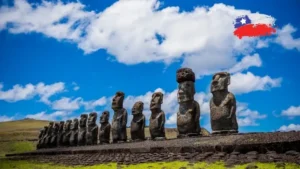
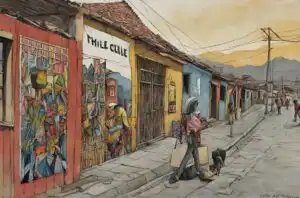






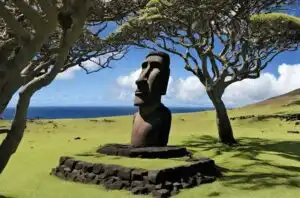
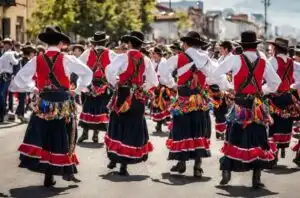
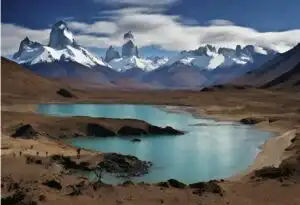




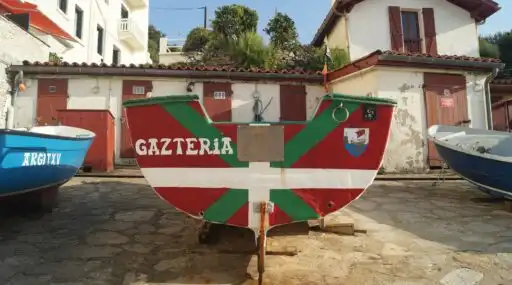



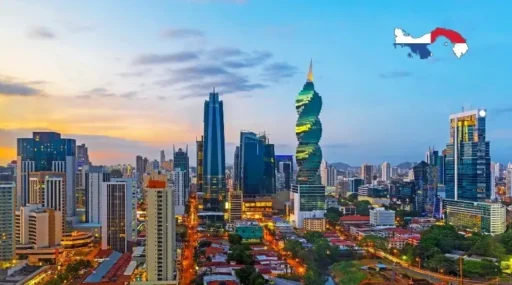








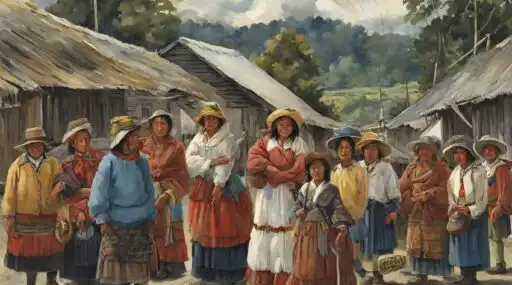

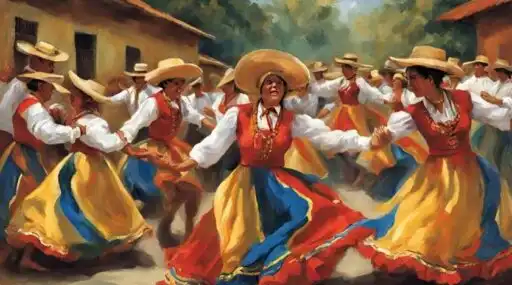

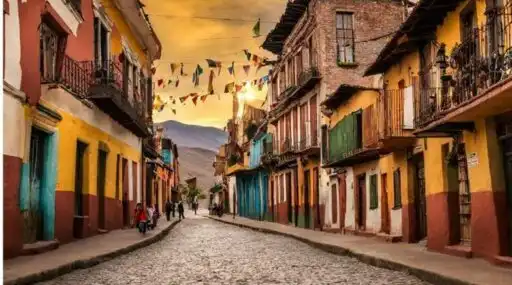








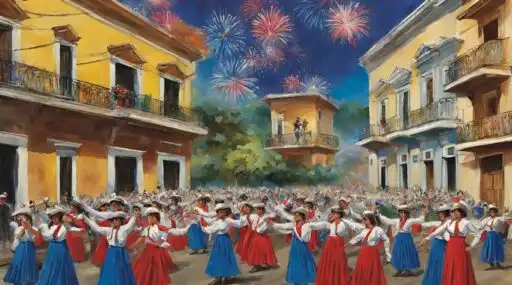
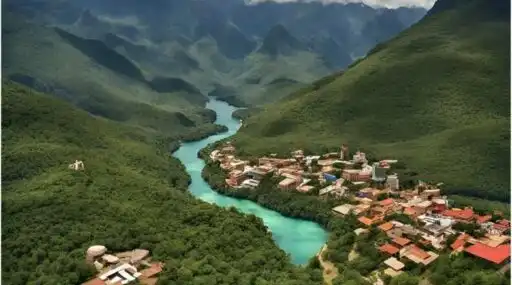

Leave a Reply